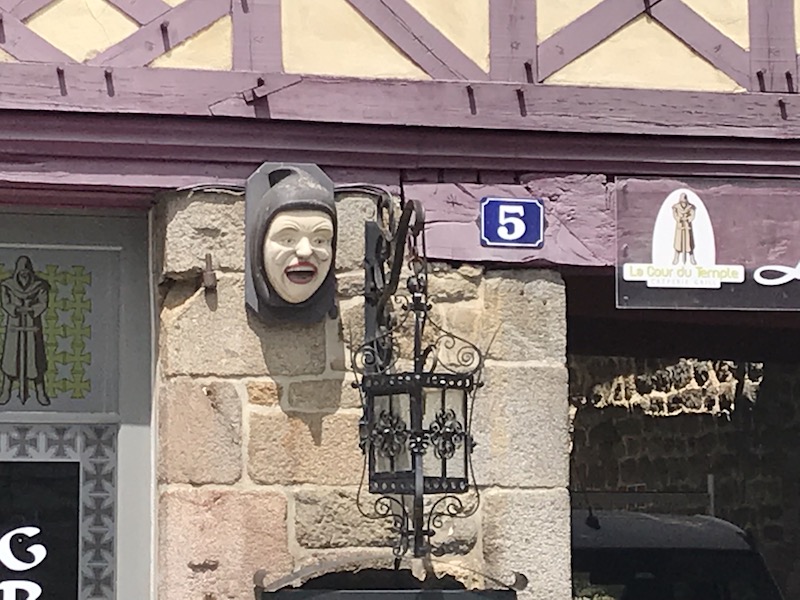Our Blog - Combourg, France
We then stopped by the village of Combourg on our way up to the coast. We didn't know much about it, other than it has the boyhood home of Romantic writer Viscount Rene de Chateaubriand, the Chateau de Combourg. It is considered the "cradle of Romanticism" in French literature due Chateaubriand spending part of his youth here. He describes the village and medieval castle in his "Mémoirs from Beyond the Grave". Okay, so if you have never heard of this writer, don't feel bad, we hadn't really either. We heard "Chateaubriand" and thought "that steak dish that you seem to only be able to buy for 2 people at restaurants". In fact, supposedly the dish was created by the writers' personal chef around 1822 when he was the Ambassador of France in England. Interestingly enough, the name also comes from a cattle breed from the town of Châteaubriant. Back to François-René, vicomte de Chateaubriand ... he was born in Saint-Malo, which is the seaside town that we were heading to, the last of 10 children. His father was a former sea captain turned ship owner and slave trader. His father was bad-tempered and rather uncommunicative, making the atmosphere in the house pretty gloomy.
He joined the military and was promoted quickly, but he "fled" to America when the French Revolution broke out, arriving in 1791. He returned to France in 1792 where he married and then was wounded in a clash between Royalist troops (that he had joined) and the French Revolutionary Army, putting an end to his military career. He was exiled to England, leaving his wife behind. He returned to France in 1800 when France granted amnesty and got in the good graces of Napoleon Bonaparte for a time until he resigned from a post given to him by Napoleon. When he published some writings that severely criticized Napoleon he was banished from Paris where he was able to concentrate on his writing, including "Voyage en Amérique", where he writes about his experience in America, and his memoirs.
He also became quite a politician, serving as Ambassador to Prussia and the United Kingdom. In 1830, after the July Revolution, his refusal to swear allegiance to the new House of Orléans King Louis-Philippe put an end to his political career.
Châteaubriand's childhood home, the Château de Combourg, looks like what a Château should. The original castle was built in the 11th century, then rebuilt and changed from the 12th to 15th centuries, with thick-walls and four towers, including "La Tour du Chat" (Cat Tower) where his bedroom was. There is a walkway between the 12th century Moor's Tower and the 14th century East tower, and it was easy to see the difference in building style. Within his memoirs, he describes life here including a story about the ghost of the wooden-legged Comte de Combourg. We took a tour but you won't see any pictures of the interior, since it is actually a private residence of one of the descendants of Châteaubriand (supposedly they live there 50% of the time).

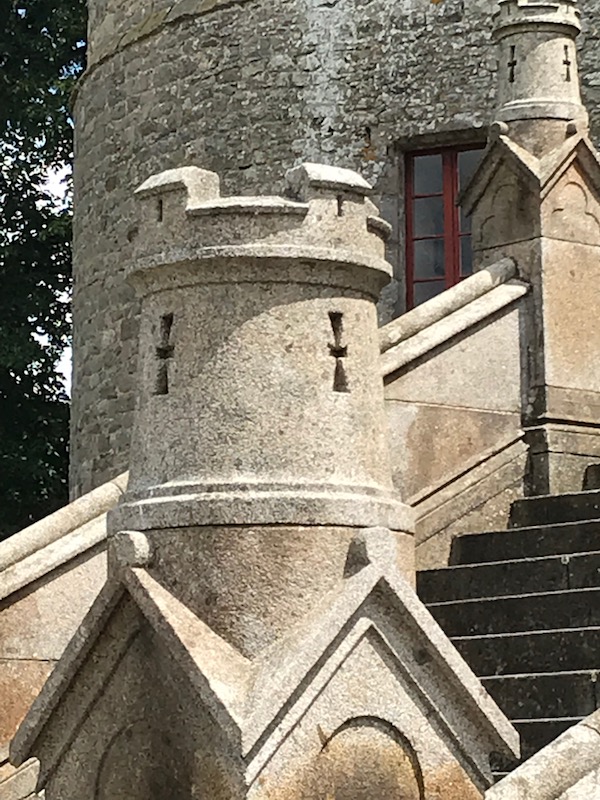
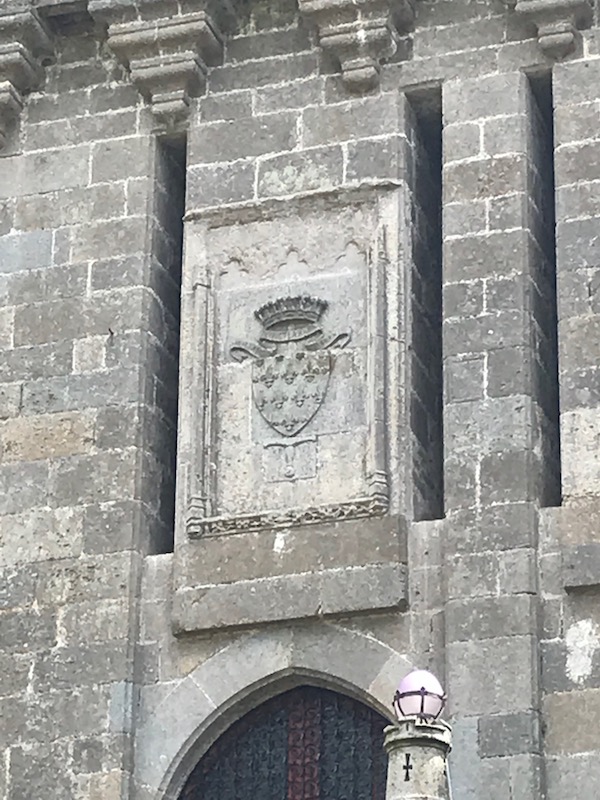
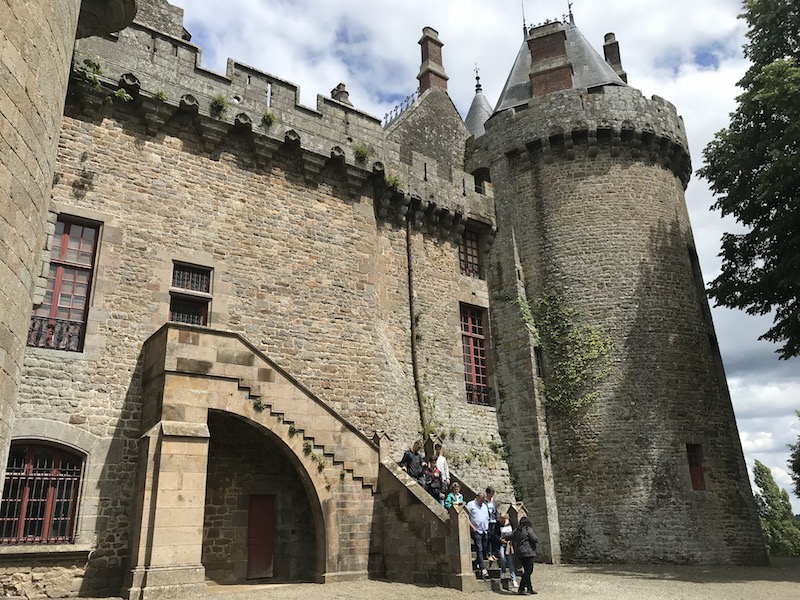
This one took a bit of searching for, hidden inside a courtyard. It is called the "Hanged Man's House" due to a duel that took place here over the love of a beautiful woman. It dates to the late 16th century.
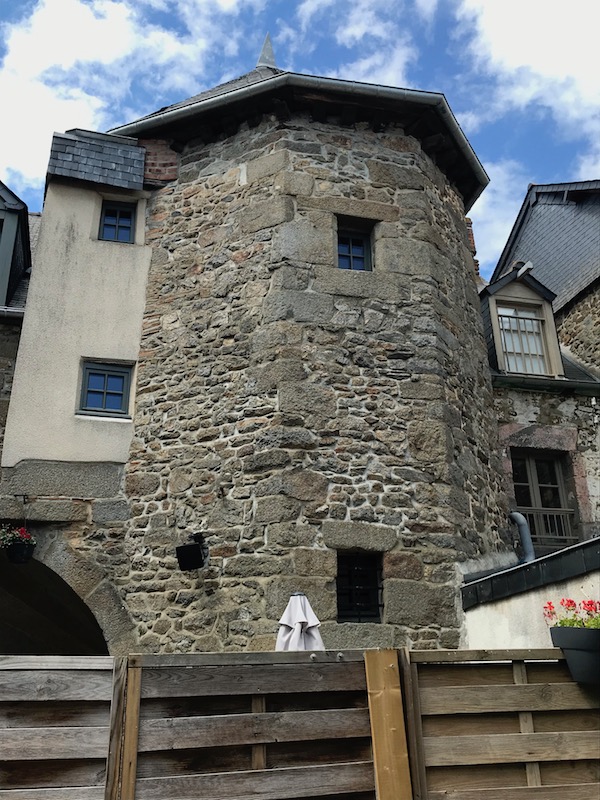
Sainte Barbe's house was built in 1617, after the lower quarters of Combourg were destroyed by a huge fire. A statue of Sainte Barbe, the patron saint of miners, artillery men, and firemen, was put into a nice at the corner of this house.
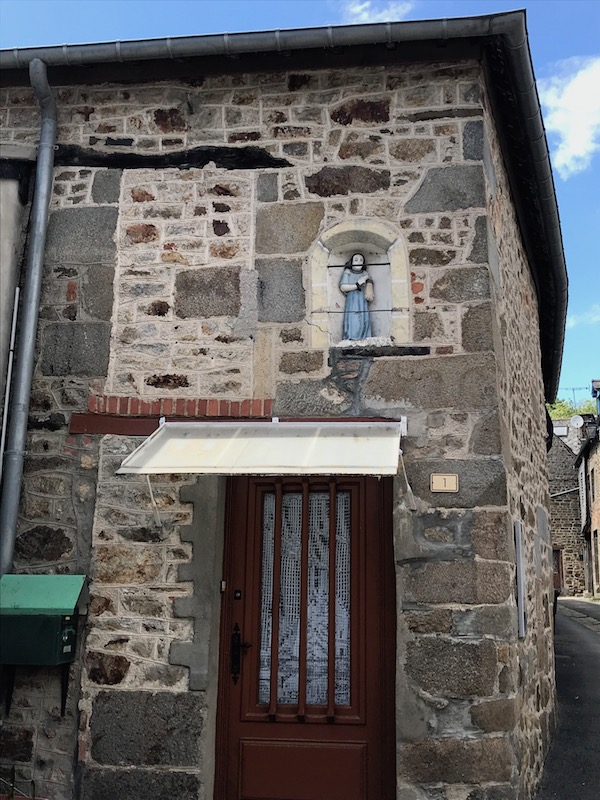

Notre Dame of Combourg is actually a fairly new church, being built in the early 19th century, on the site of an original 11th century church. It is fairly simplistic inside although I do have a few pictures of stained glass. There are 2 different styles here: old and new.
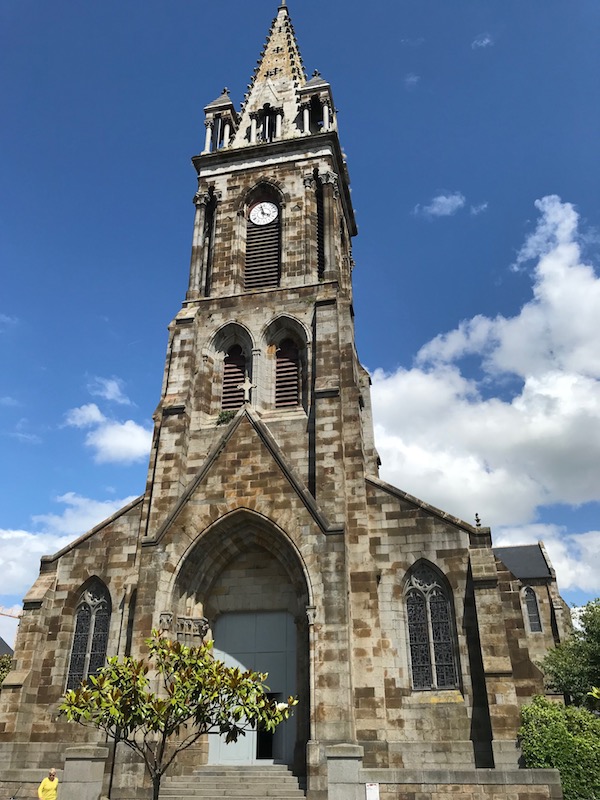
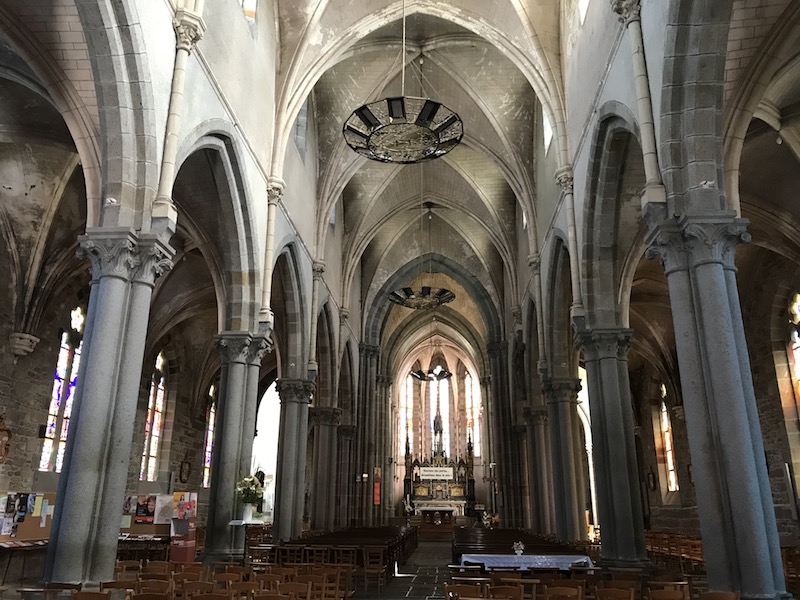
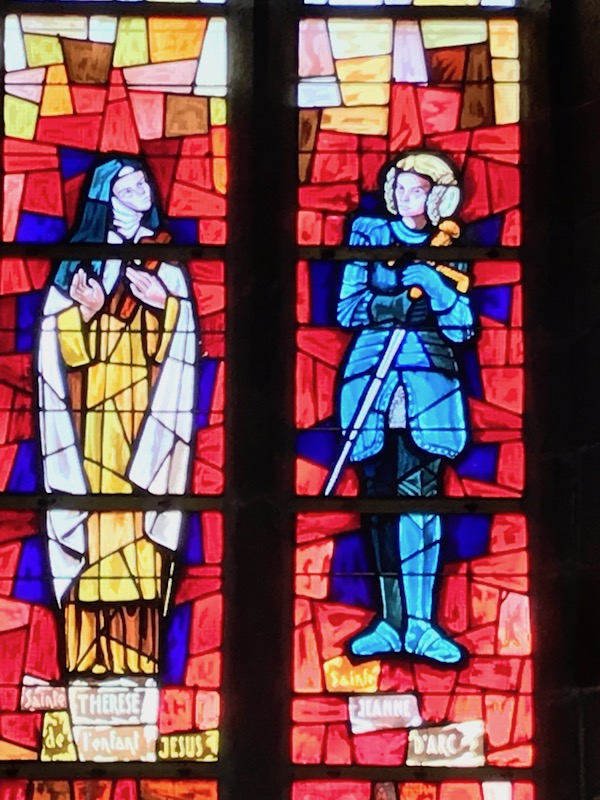
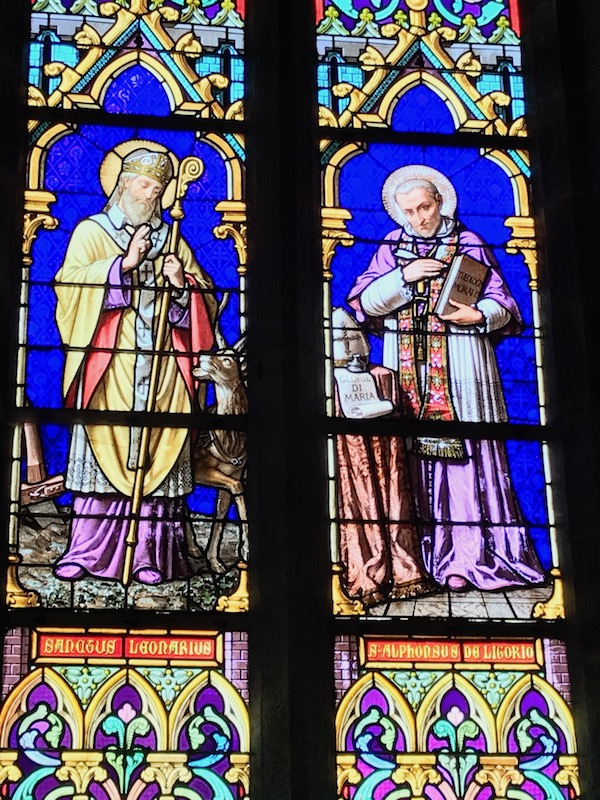
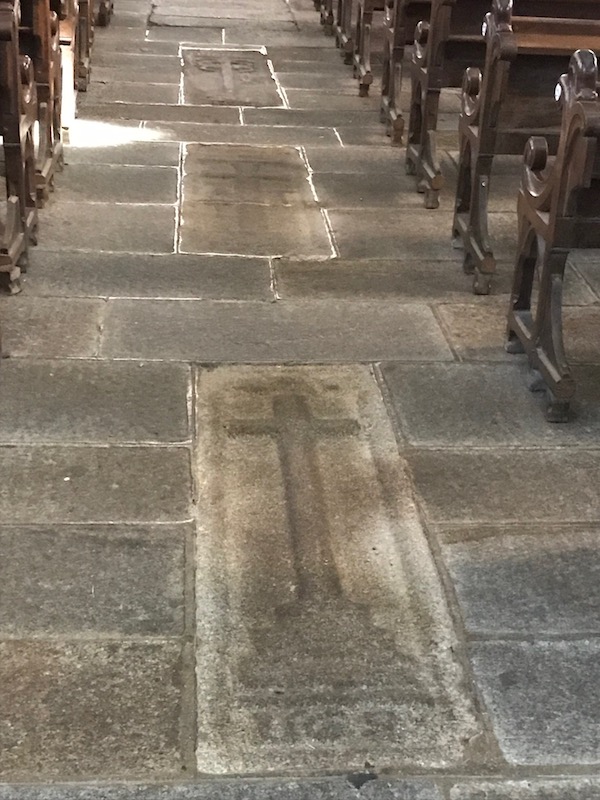
Maison de la Lanterne (Lantern House) was built in 1597 by the daughter of a wealthy ship owner from Saint-Malo. It has Renaissance-style windows and a tower containing a spiral staircase. Above the door and windows are lintels that are carved with shields, coats of arms, and names of the successive owners of the house. It got the name from the fact that the owners of the house were put in charge of keeping a fire lit that could be used to light torches for the armed watches that took place. There are 3 tombstones dating from the 11th century church that are still visible in the floor.


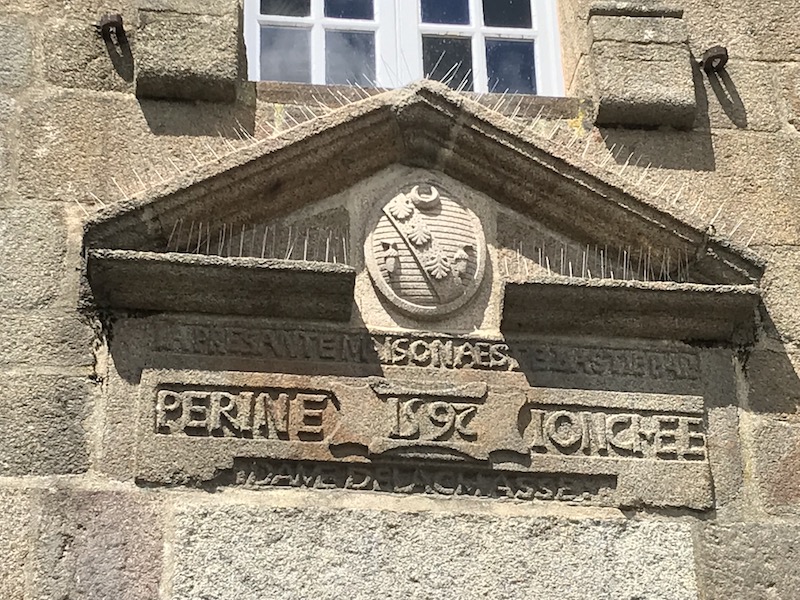
Maison des Templiers (house of the Templars) was built on land that was previously owned by the Knights Templar during the Middle Ages. The building dates from the 16th century.

